 SLAP Tears - OrthoInfo - AAOS
SLAP Tears - OrthoInfo - AAOSDo you live in the Houston subway zone? Book a date today! What to expect after your shoulder Arthroscopy and Labral Repair What's wrong with your shoulder? The one who acts as an "O-ring" or a joint on the side of the shoulder (glenoid). A portion of the labrum is broken on your shoulder. Sometimes what appears as a minor injury makes the labrum pass. Sometimes a single (aguda) injury will cause the problem. Is the labrum always reparable? In most cases, it is possible. About 5% of the time this is not possible. In this situation, the removal of inflammation and scar tissue helps to reduce pain. What if surgery is not done? Rarely the condition will improve without surgery when the . Most of the time, pain increases and movement and strength decrease. Fortunately, this happens slowly over the years. What is the purpose of surgery? The surgery is done to suture the teared labrum back to the glenoiding bone (lalabral repair). Sometimes the biceps tendon is also damaged and needs repair (called tenodesis). If you ask, contact Dr. Gombera, today to schedule an appointment. How is surgery? Surgery is performed using arthroscopic techniques. Instead of a large incision use 3-5 small (about 1/2") incisions. Through 1 incision I insert the arthroscope that lets me look inside your shoulder. The other incisions are used to insert special instruments that allow the extraction of scar tissue and bone. Then I insert small anchors of suture on the shoulder. There are sutures attached to the anchors' eyelets. We use special instruments to knit the sutures through the broken labrum. The anchors are inside the bone and you can't feel them. They don't have to be removed. The anchors will not deactivate the airport sensors. It's also safe to have a . When you get to a nurse you'll have to sign the operating permit. The name of the operation I will do is ", labral repair". If you need additional procedures for your shoulder, these will be added to your permission. Are there other options available? Although I think surgery is the best course of action, there are other treatments available, including no treatment, just living with the condition; ; medications or injections. Any of these treatment options can succeed in your situation, and some of them you have already tried. In my experience they will not work in a reliable way. Of course, we can arrange any or all of these options if you wish. What about stem cell treatments? The stem cells are used in regenerative medicine to repair sick or damaged tissues. While you may not heal your tear on your own, there is emerging evidence that you can use to increase and strengthen your surgical repair. These treatments can be performed during surgery. Unfortunately, they are not currently covered by insurance. Please contact us if you want more information or want to include this with your surgery. What kind of anesthesia is used? We use general anesthesia because we cannot do this type of surgery with local anesthesia. General anesthesia is currently the only reliable method that allows us to work deeply within your shoulder. Besides, you can get a nervous block. The anesthesiologist will sleep on the shoulder before surgery. This lasts 12-24 hours, and helps decrease pain after surgery. Typically, the block is dressed after night after surgery. It is possible that the best thing is to "go ahead" of the pain levels before the block unfolds. What will you feel when you wake up? After surgery, you will wake up in the recovery room with your arm in a fungus. Nothing can completely eliminate the pain. The medicine, sling and rest will control you so that you are as comfortable as possible. Is the ice or heat useful after surgery? Ice is recommended instead of heat. An ice pack should be applied to the shoulder (not directly on the skin) for at least 20 minutes, three times a day. The use of a cold therapy device (e.g., PolarCare) helps decrease pain and swelling after surgery. The use of the device may or may not be covered by the particular health insurance plan you have selected. You should consult with your insurance company. It's optional to use. You can also purchase a cold therapy device for you. Please contact us if you have questions about this. How long will you stay in the hospital? Patients enter the hospital in the morning, have surgery and go home the same day. This is called outpatient surgery. Do you need to use a bra? A sling is all you'll use. Patients have been slinging for 4 to 6 weeks, but remove it to bathe and dress. The use of sling is important to maximize the healing of labruma. The length of time to use the sling depends to a large extent on the size of the tear seen during the surgery. And complications? is a complex and delicate process designed to repair damaged structures in the human body. Complications may occur. Luckily, they're weird. The most common complication consists of bone screws (suture anchors), which occurs in less than 1% of patients. I use these small plastic implants to reconnect the broken labrum. There is always a possibility that you have to surgically remove them if they loosen or cause irritation. The infection may require oral antibiotics, injection antibiotics and rarely surgery. Wounded problems, including swelling, bleeding, delayed healing, visionless or painful scar. Bone infection or fracture very rarely could happen. Joint problems including stiffness or arthritis could occur. The lack of achieving the desired result is not strictly a complication, but it can be a source of disappointment. This operation may result in incomplete motion, force or function. Nervous injury is extremely rare but may result in temporary or permanent, partial or complete loss of feeling and/or movement in the arm. My purpose in enumerating the types of complications that might occur is to report, not to scare you. While it would be preferable if we could perform surgery without any risk, this is not the case. Complications are rare (less than 1%) but unfortunately, despite our best efforts, they do occur. I feel it's your right to know. How successful is surgery? This type of surgery is successful about 85- 95% of the time. No shoulder operation is 100% successful in each individual, but the procedures we perform are reliable and will help restore the potential function on your shoulder. The operation is more successful to relieve pain, restore stability and improve function. If you can return to your previous level is an individual matter and depends on the damage on your shoulder, what a cure, what a well it rehabilitates and how arduous it is your desired level of work or sports. Because of the many variables involved, I can do no more guarantees than to assure you that I will deliver the best possible medical care. When can you go back to routine activities? You will be able to use your fingers, wrist and elbow immediately after surgery. You can walk with the assistance as soon as you have recovered enough from the anesthesia. If you live alone it can be useful for someone to stay with you for 1-2 days. You can shower or bathe with regular soap and water 48 hours after surgery. Kneel off the waist and let your arm operated move on your side; then use your good arm to wash under your arm. Some patients consider it useful to put a plastic stool or chair in the shower for a day or two. Remember you're doing everything with one hand. You can walk outdoors, write, cook and drive a car (automatic change) within a few days. Connecting the seat belt is uncomfortable. Take your time and move slowly. Do not lift more than 1-2 pounds with your arm operated. When can you get back to work? For most office jobs, I recommend taking a week of work. This will allow you to devote time to your therapy exercises. Some people can get back to work before. When you get back to work your arm will be in a sleigh (4-6 weeks after surgery), but you must be able to handle it as long as you don't get up, pushing, pulling or carrying your arm operated. You will be given instructions on the proper use of your arm before leaving the hospital. You can start light service work that does not imply lifting, pushing, pulling or carrying, within ten days after surgery. Returning to the heavy lift or excessive use may require 3 to 4 months. There are no fixed rules to get back to work. What I have described above are reasonable guidelines that I hope will help you and your employer to relieve your return to the workplace. Full recovery takes about 6 to 9 months. How does the shoulder rehabilitate? He is complicated, and requires a delicate balance between allowing the shoulder to heal without letting it get too rigid. I have designed recovery protocols based on the latest medical literature and adapted to your tear. There are certain restrictions to take into account, and therapy phases outlined in the protocol. Because of the complexity of recovery, I recommend you to work with a physical therapist. Typically, physical therapy will begin the first week or two after surgery. The first part of the rehabilitation labral repair involves letting the labrum heal the bone. In the surgery, we put the labrum in position against the bone. She's not cured. It requires about 6 to 8 weeks to heal the bone. During that time, the less stress you put on your shoulder, the more likely the labrum will heal. You will be allowed to move your arm gently with help. This is called passive motion, where the other arm or someone else helps move the operating arm. Vigorous early therapy and active arm movement have led to many labrums that do not cure and re-tearing. During this period the shoulder will become stiff. This is normal and is expected. The stiffness will disappear in time as a scar on the skin of surgery disappears over time. Once the labrum (or skin) is cured, the body removes the excess scar tissue. Too much stretching is not useful, it can be harmful. There are some individuals who form too much scar tissue or scar tissue is too strong. This happens about 12% of the time. For those patients, small arthroscopic surgery may be necessary 6-9 months after repairing the rotating cuff. The above are guidelines. I will adjust your individual rehabilitation based on the severity of the tear tear and its progress in every visit of the office. What about sleeping? Most of our patients feel more comfortable sleeping in a vertical position and many use a "Lazy-Boy" recliner. You can buy one in most furniture stores but if you want to use the chair for 1-2 months after surgery you may consider rent. When do you get back to the office? Your first office visit is 10 to 14 days after surgery so you can examine the surgical incision and review the arthroscopic photos with you. Based on the severity of the tear, I will give you additional instructions for your recovery. Six weeks after the surgery we'll move on. Office visits are then done to 4 months, 6 months and 1 year after surgery. Additional office visits may be required. There is no charge for office visits the first 90 days after surgery. In each visit I will evaluate your progress and instruct you on the next step in your recovery. The successful outcome of your surgery depends on a constant evaluation process that occurs in the office visit. This is not the type of surgery I can perform and achieve success without your help. A successful result requires the patient, surgeon and therapist to work together. Regular office visits are a critical part of your care. What about pain medicine? Your pain medicine will be given on the day of surgery. Because of Texas laws and regulations, a written copy should be given as we cannot call the medication of narcotic pain. Chantel will call his local pharmacy in an anti-inflammatory before surgery. Please take your pain medicine as indicated. That means you can take the pills every 3-4 hours as needed. Take medicine with food in your stomach. Taking the medicine with an empty stomach can cause nausea. You don't have to take the pills if simple rest, arm replacement or ice pack controls pain. When you need more medication, please call us or let us know on your office visit. You can also contact your pharmacy and call the office so we can fill in the recipe. Because the drug for narcotic pain should be prescribed in writing, allow us to 1-2 business days to complete the process before the pain medication is exhausted. We can't do this after 5:00 PM, as no one will be in this office. We can't recharge narcotic medication on weekends. One of my colleagues at the Fondren Orthopedic Group is available 24 hours a day, 7 days a week, but we ask you to restrict after hours and weekend the call to emergencies and to allow us to handle less urgent problems during the week How much does surgery cost? Since you (or your employer) have chosen a carrier insurance with particular benefits and because insurance coverage is a complicated business without fixed rules, please check with your insurance company regarding the specific features of your proposed shoulder surgery. Also note that the hospital bill is not something you can control, so please send any questions about the specific characteristics of the hospital, X-ray, laboratory and anesthesia to the hospital billing office. Artroscopic operations such as this are complex and require a trained surgical team. I work with another fully trained assistant or doctor who helps me during the operation. You can receive an invoice for your services. Why all the questions about your health? Although the operation involves your shoulder, your entire body will react to anesthesia and surgery. Your general medical condition is obviously important. Before surgery you should see the anesthesiologist. They will review your medical condition and request any tests (blood tests or EKGs) or consultations with other doctors if necessary. What should you do before surgery to prepare yourself? It's a good idea to practice some activities with one hand. Imagine that your arm operated is in a thorn. Practice dressing, go to the bathroom, hairstyle, use a hairdryer and drive a car. Can you get out of the car, close the door and get a parking ticket with your arm in a sting? What if you have more questions? We encourage you to return to the office so that you can keep arguing at any time. We will do our best to answer any questions on the phone as well. We have a lot of information on our website, www.gomberamd.com. There are also surgical animations on the website. When is surgery done? I perform surgery on Monday and Friday at Texas Orthopedic Hospital. How do you program surgery? Contact Chantel at (713) 794-3457 or fdcj@fondren.com7401 S. Main StreetHouston, TX 77030(713) 794-3380 Connect Stay up to date with latest news and events7401 S. Main StreetHouston, TX 77030(713) 794-3380
IMAGES

Shoulder Surgery - Tips to Prepare for Recovery and Care | Shoulder surgery, Shoulder surgery clothes, Rotator cuff surgery recovery
If you're having shoulder surgery - rotator cuff tear, labral tear and slap tear - here's w… | Shoulder surgery, Shoulder surgery recovery, Shoulder surgery clothes
Repairing a SLAP tear without surgery or biceps tenodesis – Caring Medical Florida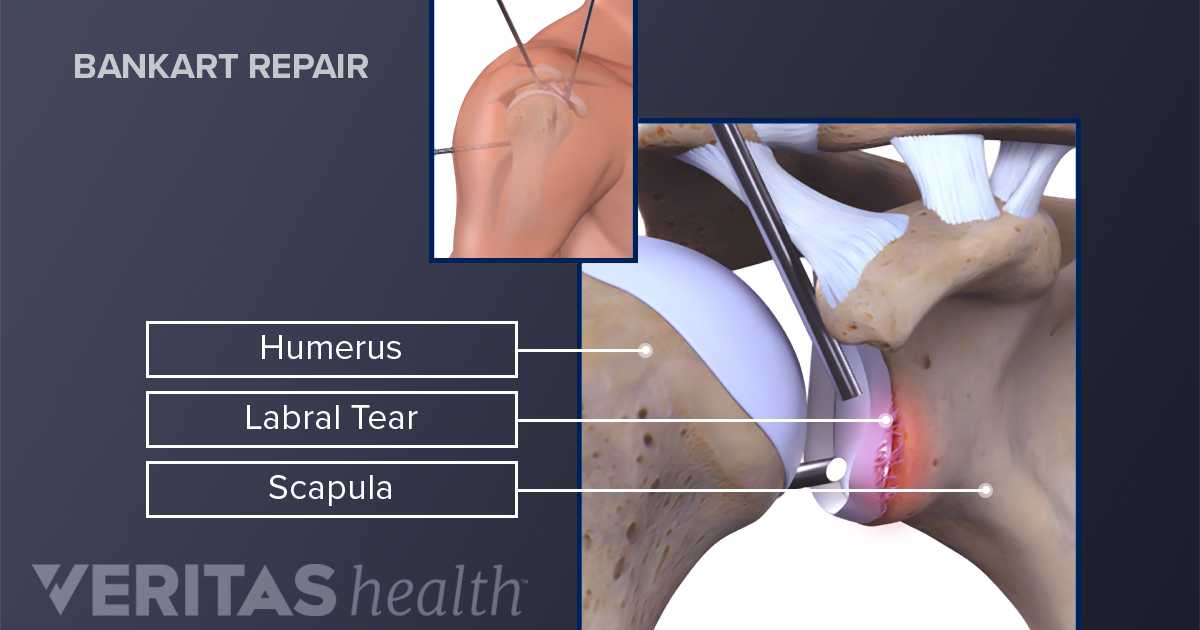
Surgery for a Dislocated Shoulder: What to Expect
My Shoulder Superior Labrum is Torn: Do I Need Surgery? - Shoulder & Elbow
Arthroscopic Repair of Posterior Labral Tear with Paralabral Cyst Decompression | Journal of Medical Insight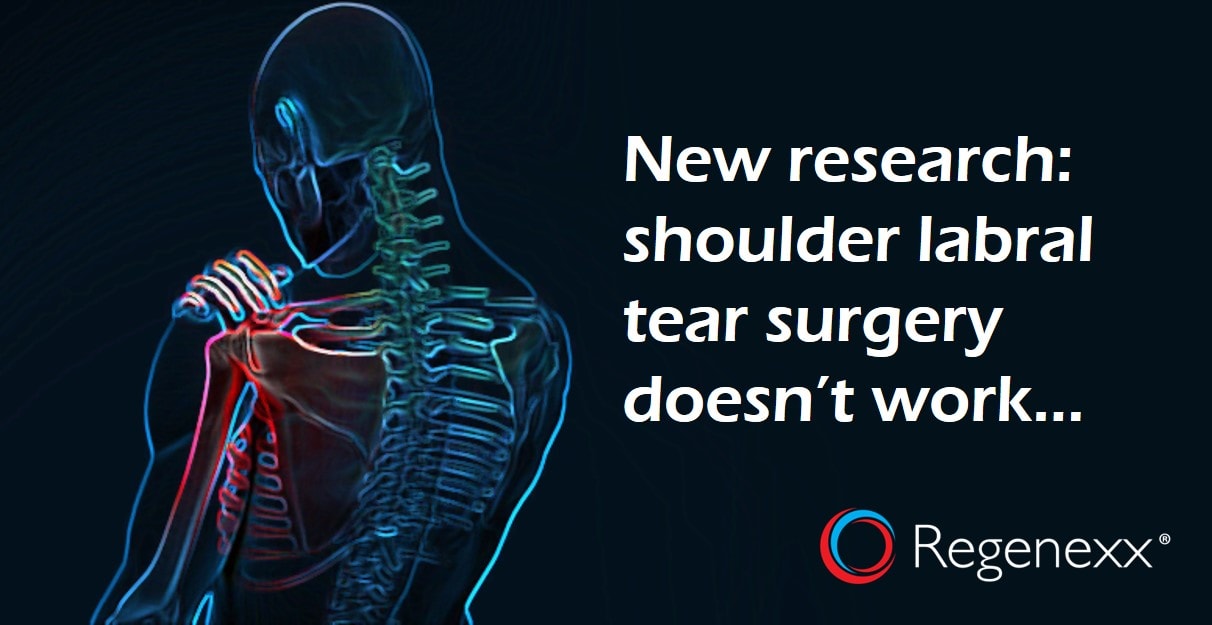
shoulder labrum surgery side effects
Common Types of Shoulder Surgery - By one of the best Shoulder Surgeons in Bangalore, India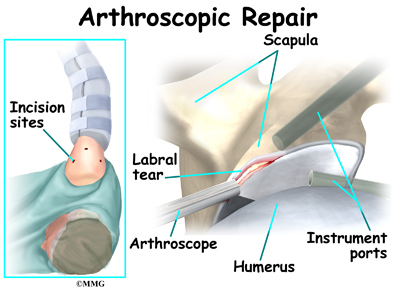
Labral Tears | Orthogate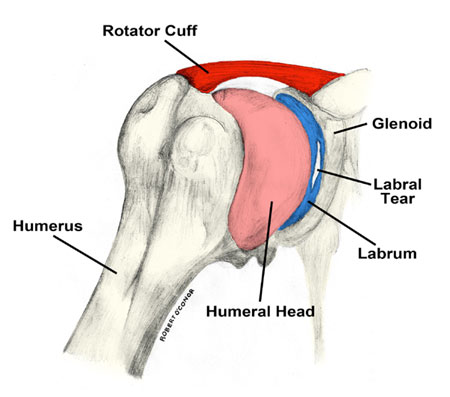
Torn Shoulder Labrum: Causes, Symptoms, Treatment, Recovery
Shoulder Labral Repair | Shoulder Instability Treatment | Shoulder Specialist - YouTube
What to Expect After Your Shoulder Arthroscopy and Labral Repair
SLAP Tears - OrthoInfo - AAOS
Hip Labral Tear Surgery Success Rate | Stem Cell Blog
Shoulder Labrum Tears: 5 Exercises Before Jumping into Surgery - BSR Physical Therapy
Shoulder Labrum Labral Tears – Is Surgery Necessary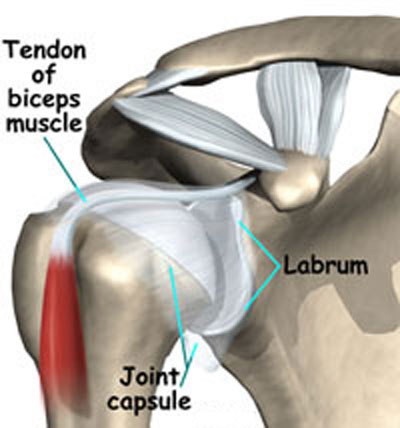
Torn Shoulder Labrum - Dr. Ron Noy - Orthopedic Surgeon NYC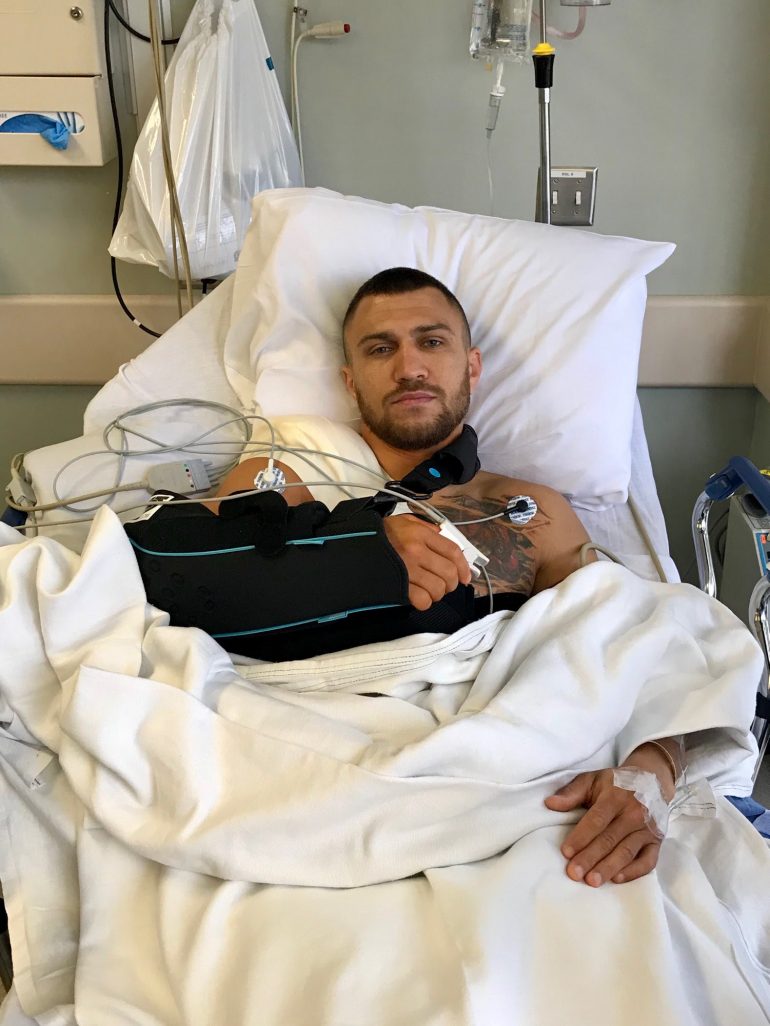
Vasiliy Lomachenko undergoes surgery to repair torn labrum, hopes to return in 2018 - The Ring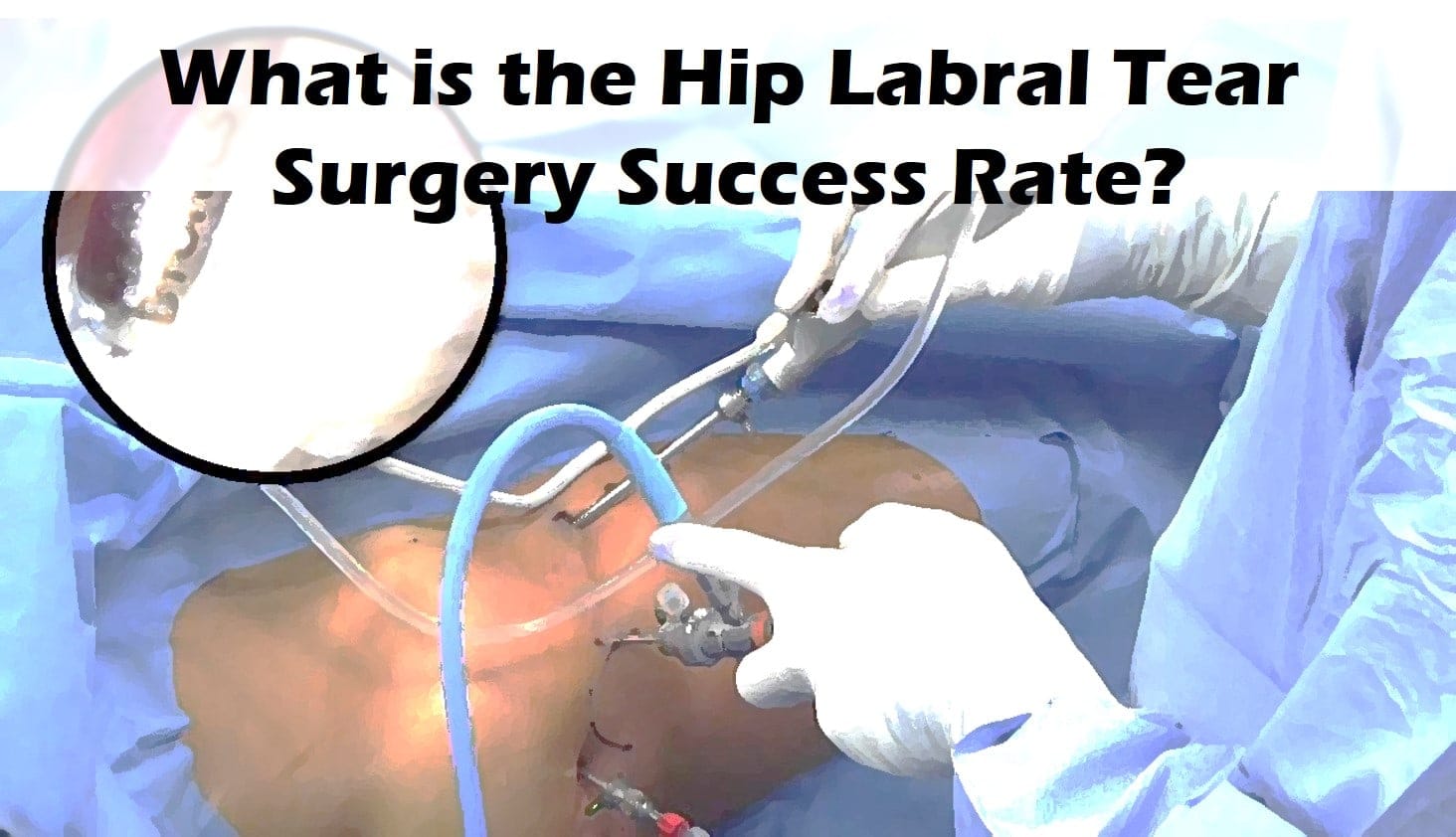
hip labral tear surgery success rate
Pin by Nestor Macias on Misc | Shoulder surgery recovery, Shoulder surgery, Arthroscopic shoulder surgery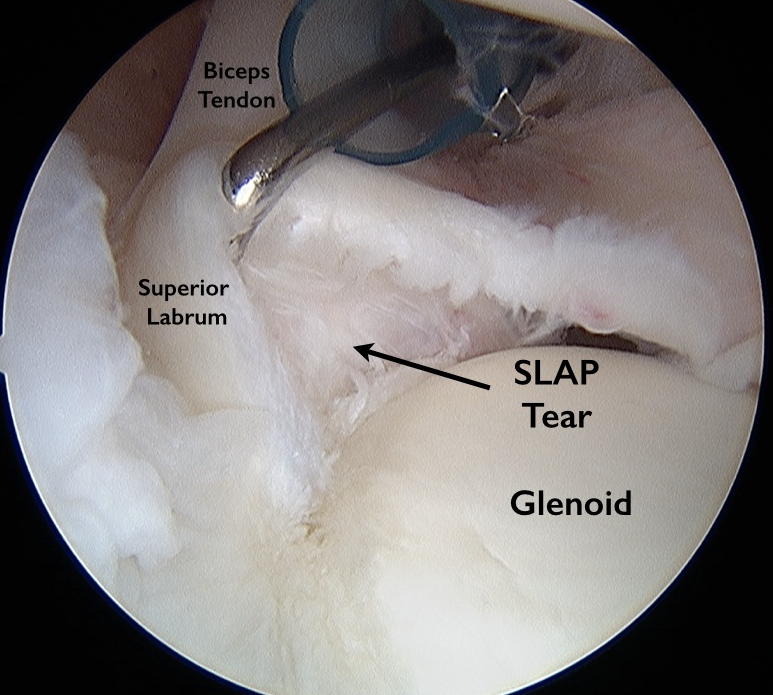
Torn Labrum Shoulder Surgery (Video): Town Center Orthopaedic Associates:
Slap Tear | Brisbane Knee and Shoulder Clinic | Dr MacgroartyBrisbane Knee and Shoulder Clinic
Shoulder labral tear -what you should know and what surgeons won't say
SLAP Tears - OrthoInfo - AAOS
Torn Shoulder Labrum - Dr. Ron Noy - Orthopedic Surgeon NYC
What Does Recovery Look Like After a Labral Tear Surgery? | Revere Health
Arthroscopic Repair of a Circumferential 360° Labral Tear - Arthroscopy Techniques
Labrum Repair | Samimi Orthopaedic Group | West Covina & West LA, CA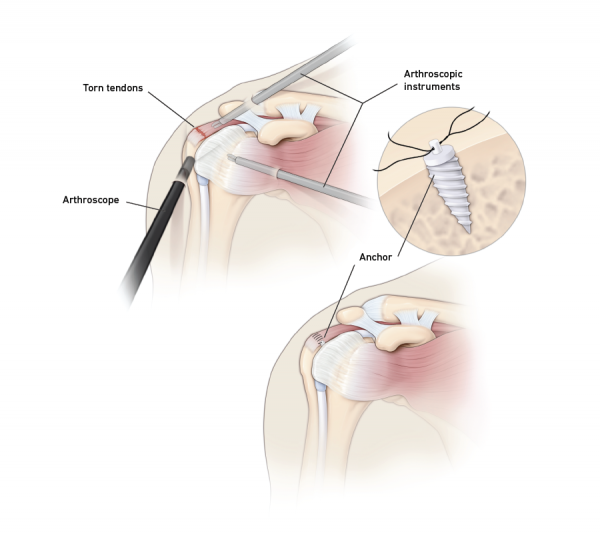
Shoulder Surgery | Temple Health
Hip arthroscopy success and failure rates and non-surgical options – Caring Medical Florida
Arthroscopic SLAP repair (Superior Labral Repair)
Labral repair - Orthopaedic Institute | Northwell Health
Arthroscopic Shoulder Stabilisation (Bankart or Labral repair)
Shoulder Surgery Recovery- Week 1 (Days 1-4)
Shoulder Labrum Tear & Choosing Surgery: Personal Experience
Shoulder Labrum Surgery (Page 1) - Line.17QQ.com
Hip Labrum Surgery Recovery | Stem Cell Blog
A Speedy Recovery and Quick Return to Work After Arthroscopic Shoulder Surgery | Integrated Orthopedics
Labral Repair Pre-Operative Packet
Shoulder Labrum Tear | Johns Hopkins Medicine
































Posting Komentar untuk "labral tear shoulder surgery recovery"